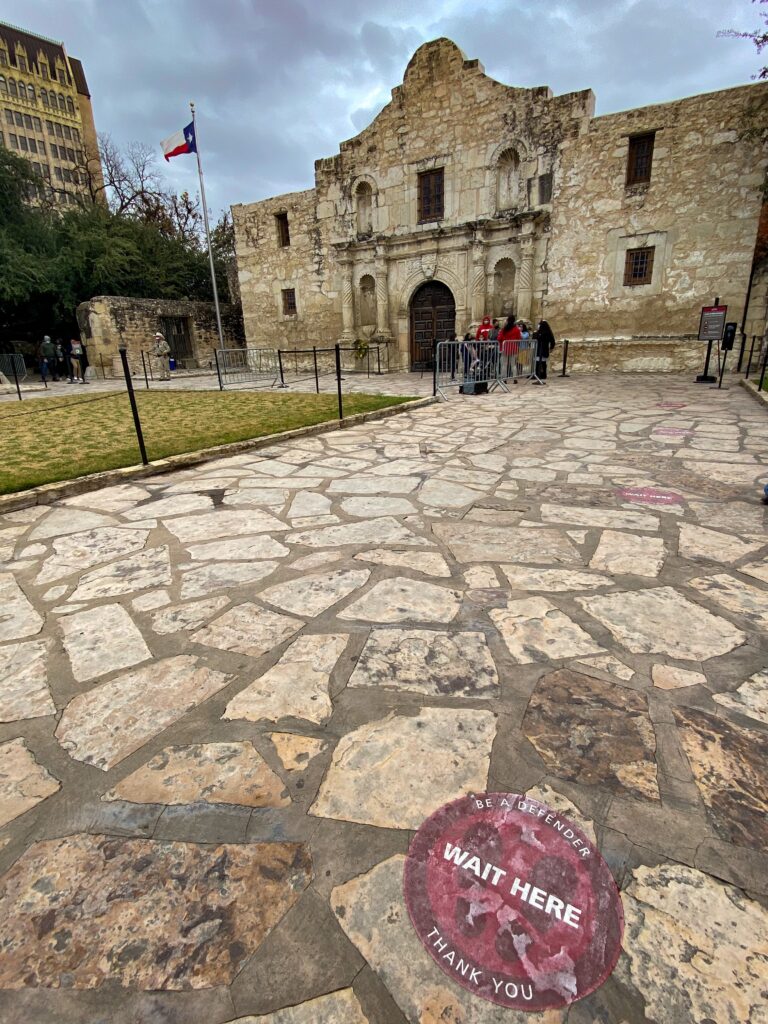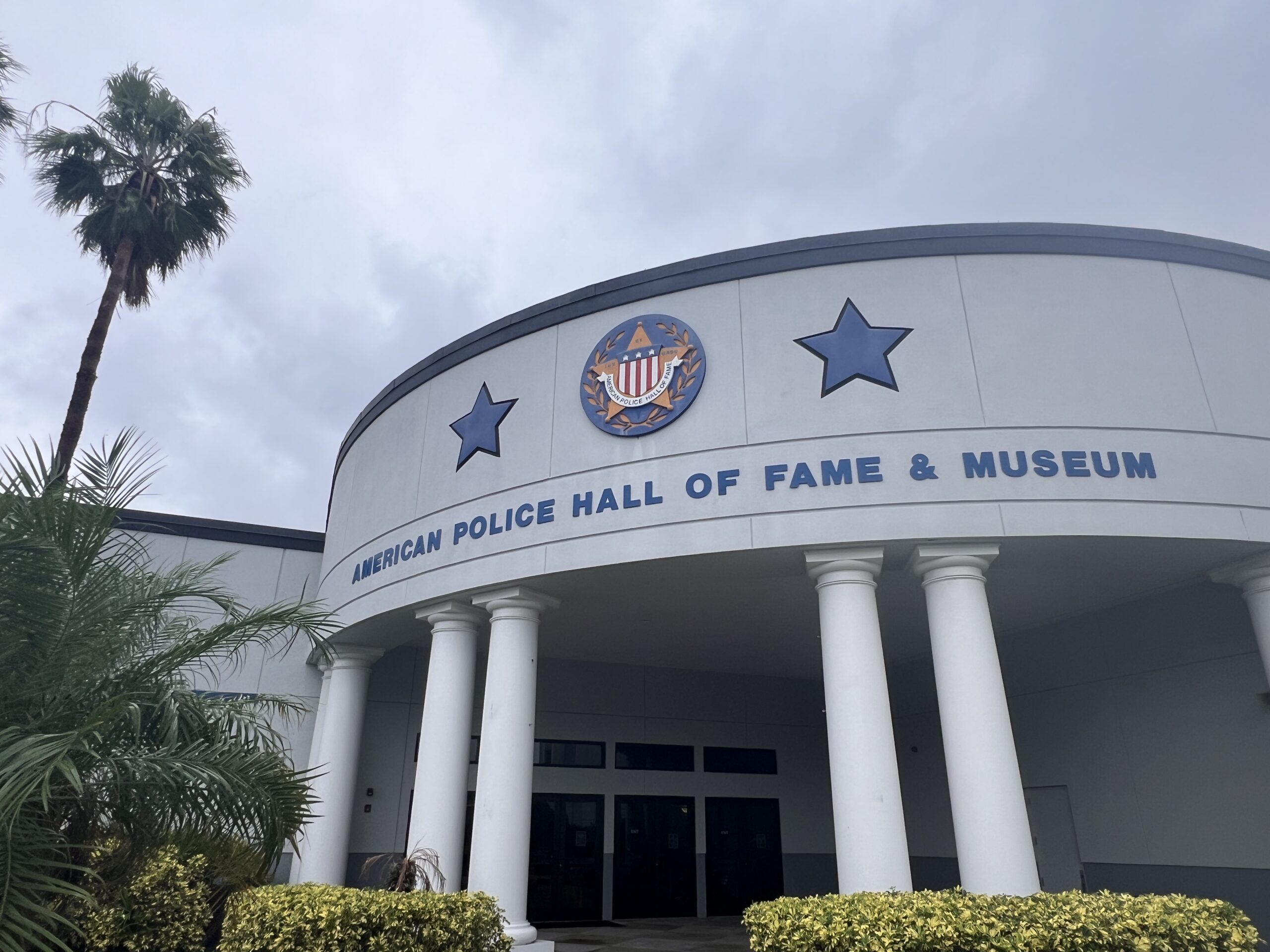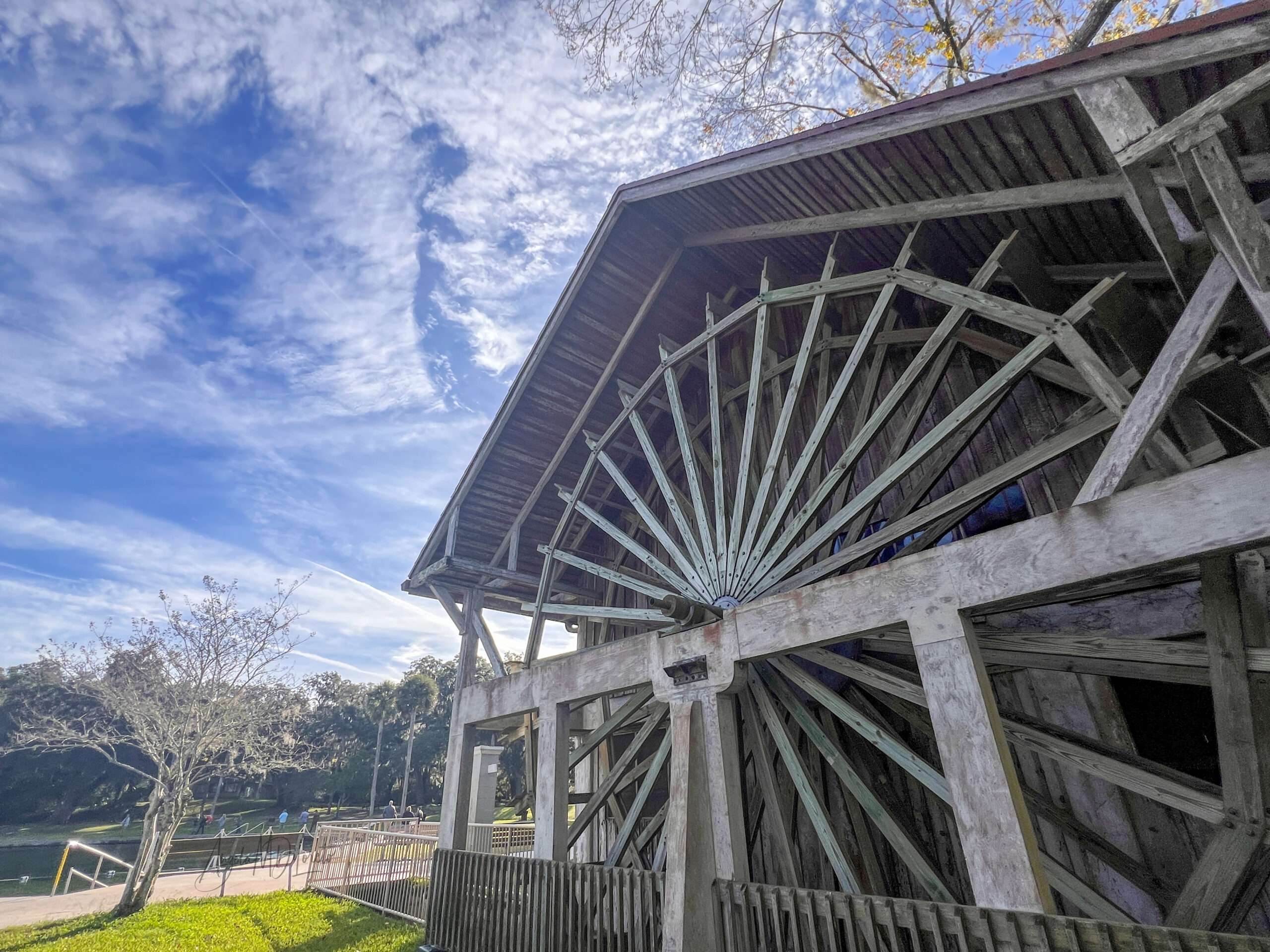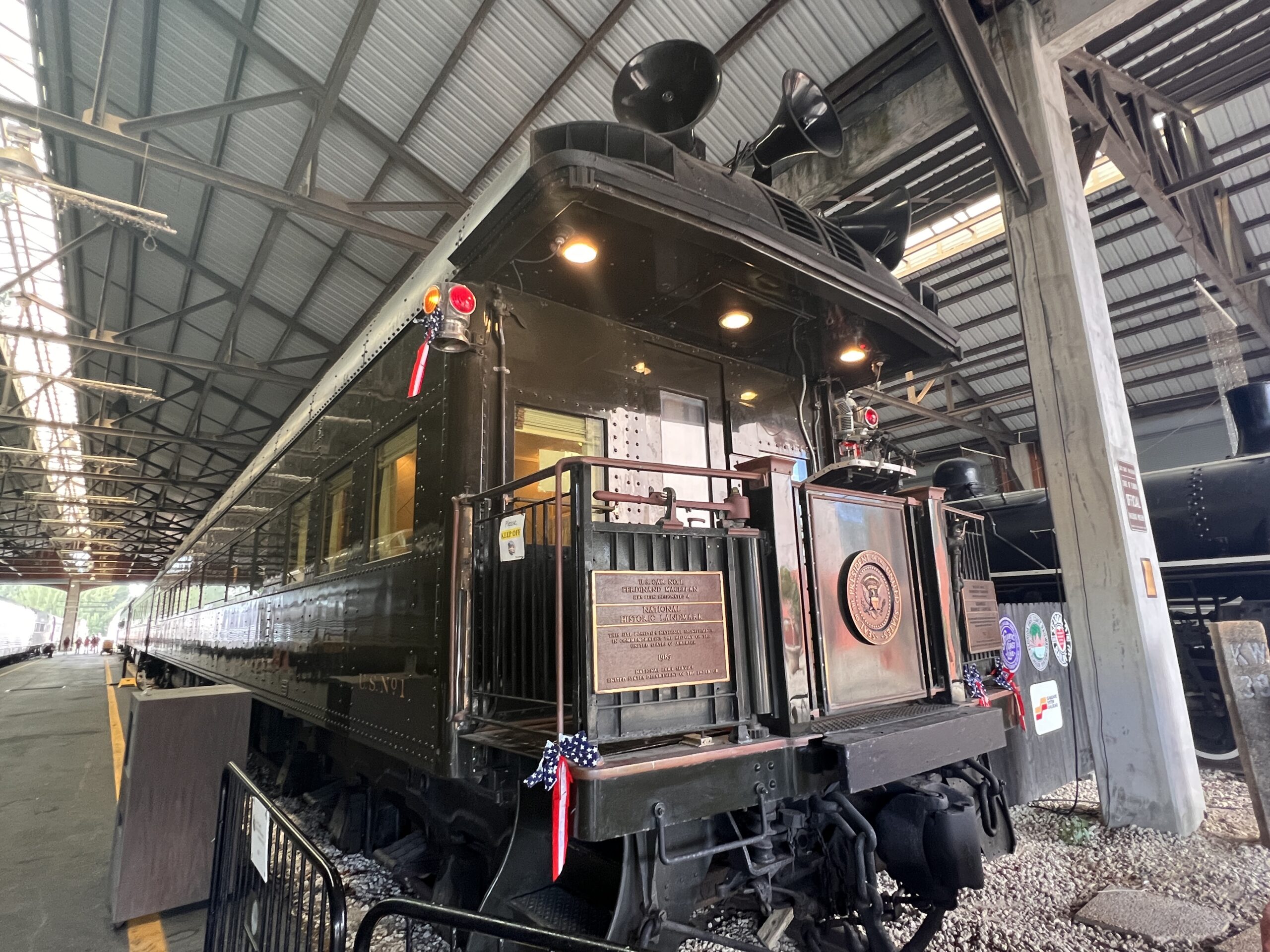The Alamo was not the original name of the Mission. It was named Mission San Antonio de Valero.
Disclosure: Some links on our site are affiliate links. If you purchase a linked item, we will make a commission, at no extra charge to you.
The first military forces to occupy it were the Spanish.
The first hospital in Texas was established on the second floor of the Alamo by the Spanish.
During the 1810 Mexican revolt against the Spanish, a young Lieutenant Antonio Lopez de Santa Anna helped to defeat the Mexican forces. He was even cited for gallantry for his actions.
The Alamo was the site of two different sieges which saw the Texans as both attackers and defenders.
“Remember the Alamo!”
April 21st, 1836, Sam Houston and around 900 Texans ready themselves for battle. Outnumbered against General Santa Anna and the Mexican Army, and shouting “remember the Alamo” as a rallying cry, they attacked. A mere 18 minutes later, the Mexican Army was soundly defeated. With 650 killed, 208 wounded, and 300 captured against the Texans 11 killed and 30 wounded.
But why did the Texans need to remember the Alamo? What is it?
The story starts in 1700 with the establishment of Mission San Francisco de Solano near the Rio Grande. Created to convert Native Americans to Catholicism and the Spanish way of life. In 1718, the Mission was moved to present-day San Antonio. With the move, it became the first of five Spanish Missions in the area.
As converted Native American populations dwindled and the cultivated lands became more desirable, control was passed to local authorities. This fate was shared by the other area Missions.
After the turn of the century and with increased French and American threats, Spain mobilized into the Texan frontier. Since the Mission was now secularized, the Spanish military occupied and converted it into an outpost. The first soldiers were called La Segunda Compania Volante de San Carlos de Parra (The Second Flying Company of San Carlos de Parra). Also called “The Alamo Company” due to their hometown of Alamo de Parras, the outpost was referred to as Pueblo de la Compania del Alamo. This eventually became just the “Alamo”.
*You’re probably wondering, as I was, to what constitutes a “Flying” company approximately 100 years before the advent of flight. It’s a mounted unit on horseback. This would later be “cavalry”.
One of the outpost’s duties was to intercept, capture, or turn back encroaching Americans showing more interest in Texas. Soldiers posted here would later have their loyalties tested as many joined Mexican rebels and Texan volunteers against colonial Spanish rule.
When Mexico declared its independence from Spain in 1821, the Alamo remained a military outpost. Due to a dwindling population and the problem of governing the land, the newly formed Mexican government turned to immigration from the United States. The Mexican government granted large contracts to land agents. These agents would be responsible for ensuring only law-abiding men and women settled in Texas. One of the first was a Connecticut businessman, Moses Austin. Moses died as his plans were being approved and were carried on by his son, Steven.
The large number of immigrants flowing into the Texas territory overwhelmed the Mexican government and laid the groundwork for more problems ahead. In 1824, the newly established Mexican government put forth the requirements for statehood. Texas, at the time, didn’t have enough inhabitants for statehood, angering many native-born Texans. Texans supported immigrants from the United States as it was viewed as a sure path towards statehood. By 1830, Mexico attempted to stop the flow of Americans into Texas, fanning the flames of revolution.
In 1833, former military governor Santa Anna rose to power and was elected President. He was granted extralegal powers to combat opposition in several states. In Bexar, one of the last official duties of the Alamo Company was to retrieve a small cannon loaned to the town of Gonzales. It was loaned to the town by the Mexican government as protection from hostile Comanches. The men, led by Francisco Castaneda, encountered resistance from the colonists. The soldiers were taunted with calls to “Come And Take It”. On October 2, 1835, colonists fired on Castaneda’s men and ignited the Texas Revolution.
In late October, San Antonio was involved in its first siege. The colonists followed the retreating Alamo Company back to the city. When the siege stalled, a bloody, five-day, house-to-house battle ensued on December 5th. When Mexican General Martin Perfecto de Cos surrendered, the Texans gained control of the town and old mission.
On February 23, Santa Anna and his men arrived in San Antonio. The rebels retreated across the San Antonio River into the safety of the Alamo. As the Mexican forces surrounded the fortified mission, Santa Anna raised the red flag. This indicated that no quarter would be given to those inside the fort. Alamo Commander William Barret Travis began writing desperate pleas for help.

Roughly 200 defenders stayed at their posts waiting for help that would not arrive. While the youngest was 16 and the oldest, Gordon C. Jennings was 56, most were in their 20’s. The final attack came in the pre-dawn hours of March 6, 1836. Mexican soldiers breached the north wall and poured into the compound. The fierce battle centered on the old church. For 90 minutes the battle raged where the defenders made their final stand.
Forty-six days later, General Sam Houston noticed Santa Anna split his forces near Buffalo Bayou (near present-day Houston). He seized the opportunity and attacked, yelling “Remember the Alamo”! Capturing Santa Anna and decimating the Mexicans in a mere 18 minutes, Texas won its independence.
After two sieges and a very bloody battle, much of the mission was damaged. When the Mexican Army withdrew, they destroyed, even more, to prevent refortification by the Texans. What is seen today in San Antonio is little of what the compound was in 1836. But the site of the most sacred battle in Texas history still invokes you with many feelings. While there are many, pride seems to be one the more prevalent.
Is there an admission fee?
Admission to the Alamo Church, Long Barrack, and grounds is always free. You may decide to enhance your visit by opting for guided tours led by an Alamo History Interpreter, self-guided audio tours, or entry to the Alamo Exhibit. Pricing and reservations for these experiences can be found on The Alamo’s tickets page. Discounts are available for various groups.
Where can I park?
There are various parking choices near the Alamo. City-owned parking garages, surface lots, and street parking.
Do I need a reservation?
Although entry to the Alamo Church is free, guests must secure a reserved ticket for a seamless experience. Reserve your free timed entry here or at the Alamo Welcome Center.
How long does it take to tour the Alamo?
The duration of an Alamo tour depends on each guest. Generally, exploring the Alamo Church and grounds takes at least an hour. Allow additional time for other tours and experiences.
Are pets allowed?
No, please leave non-service animals at home.
How accessible is the Alamo for those with disabilities?
The Alamo Church, Long Barrack, and Gift Shop are accessible. While the Church’s exit has stairs, staff are available to assist wheelchairs, mobility scooters, and some strollers with exiting.
Are photos/videos allowed in the Alamo?
There are no photos/videos allowed inside the church, but you are free to take photos on the grounds.
Discover more about San Antonio by reading Discover Your Inner Foodie And History Buff In San Antonio, Texas.










Comments are closed.